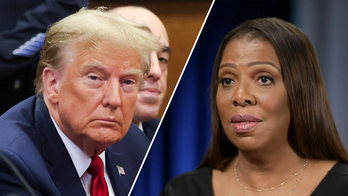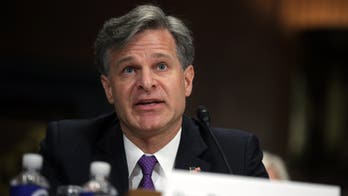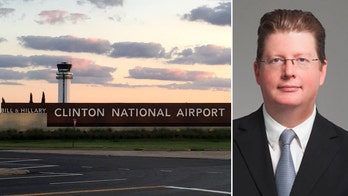President Trump is ready to give his second State of the Union address Tuesday following a short postponement due to the now-ended partial government shutdown.
While the practice of giving the State of the Union address in person with a speech is common in modern history, that wasn't always the case.
Read on for a look at how the address has evolved, becoming the political tradition it is today.
Why the State of the Union exists
Article II, Section 3 of the Constitution states, in part: The president “shall from time to time give to the Congress Information of the State of the Union, and recommend to their Consideration such Measures as he shall judge necessary and expedient.”
How it has changed over time
Traditionally, the president will address the joint session of the House and Senate annually.
However, Thomas Jefferson sent written statements during his presidency instead of appearing before Congress in person – a practice presidents followed for more than a century until Woodrow Wilson began to appear in person again. While Jefferson decried the practice as being too similar to the British monarchs, historians have also speculated that he chose this path to avoid appearing in person because he had stage fright.
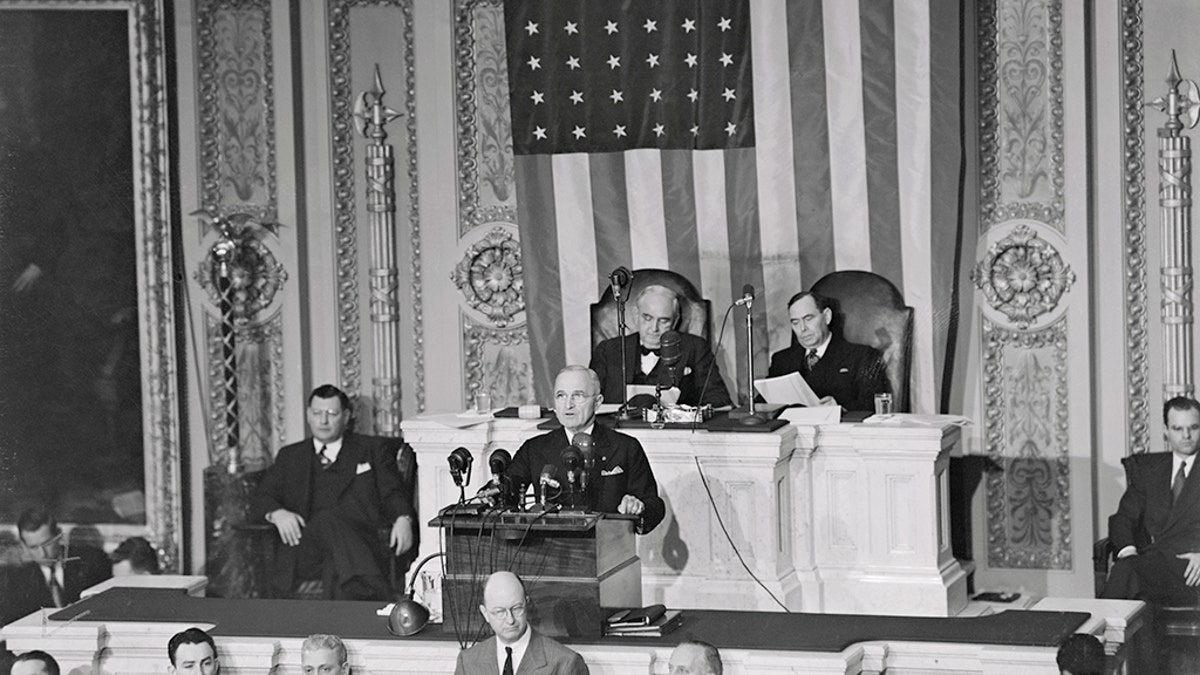
President Harry S. Truman delivered the first televised address on Jan. 6, 1947. (Getty Images)
Other presidents after Wilson only gave written addresses. And still, others submitted both a written and oral State of the Union address.
TRUMP TO ADDRESS NATION, TRAVEL TO SOUTHERN BORDER AMID SHUTDOWN STANDOFF
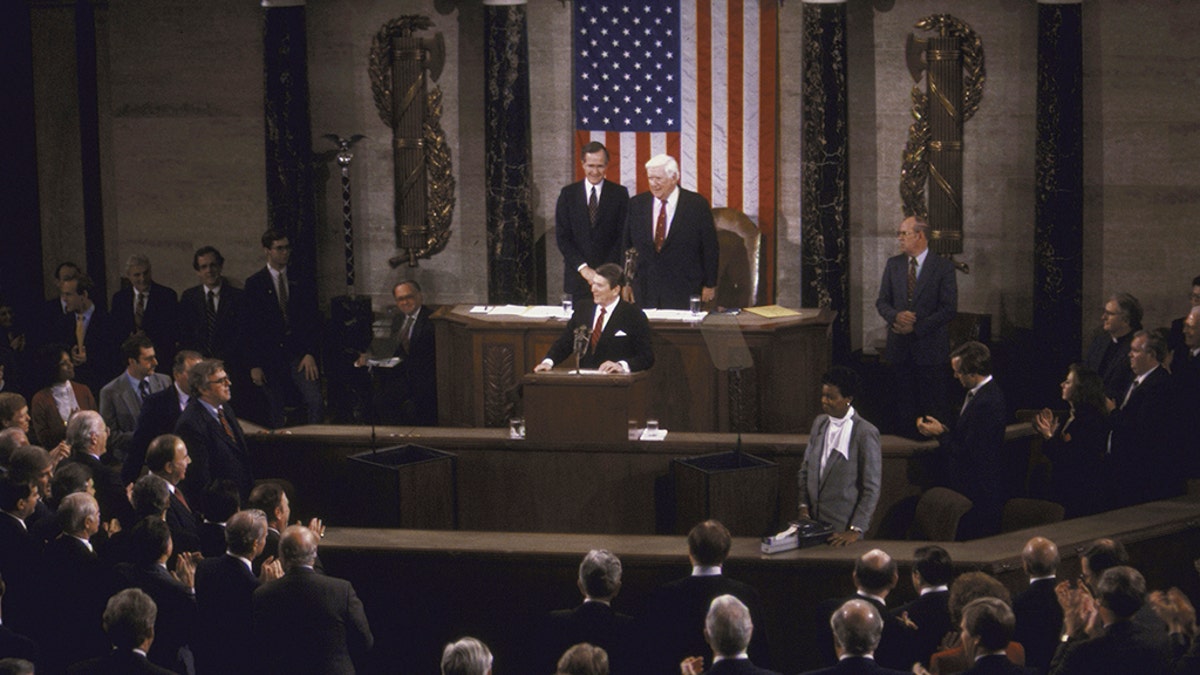
President Ronald Reagan is credited with inviting the first guest to the State of the Union. (Getty Images)
Aside from how it was delivered, the formal name of the address has also changed over time. From George Washington’s first address speech in 1790 to 1946, the practice was called the “Annual Message,” according to the U.S. House archives. The phrase “state of the union” began to informally be used in 1942 before it was officially adopted in 1947.
Additionally, the focus of the State of the Union has changed over time as well – with at least some credit going toward the invention of technology enabling the speech to be broadcast throughout the country. While these addresses initially focused on the economy and budget request, it’s since grown to include a push for the president’s agenda.
ENDLESS WARS WILL EVENTUALLY COME TO ‘GLORIOUS’ END, TRUMP SAYS
The State of the Union is traditionally given at the beginning of a year (January), but it has been delivered toward the end of a year before. Some presidents, including Jimmy Carter, gave a written State of the Union to Congress at the end of their term.
State of the Union firsts
- George Washington gave the first address on Jan. 8, 1790, speaking to the Senate Chamber in New York City.
- Calvin Coolidge gave the first radio broadcast of his address on Dec. 6, 1923.
- Harry S. Truman delivered the first televised address on Jan. 6, 1947. However, the first prime-time State of the Union was delivered nearly 20 years later by Lyndon B. Johnson on Jan. 4, 1965.
PARTIAL GOVERNMENT SHUTDOWN COULD DELAY FOOD STAMP BENEFITS IF NOT RESOLVED SOON
- The role of a “designated survivor” originated during the Cold War of the 1960s amid fears of a nuclear attack although official records weren’t kept until years later. Education Secretary Terrel Bell was tapped as the designated survivor during Ronald Reagan’s 1981 address to the joint session of Congress. Housing and Urban Development Secretary Samuel R. Pierce Jr. sat out Reagan’s 1984 State of the Union address as the designated survivor, according to The American Presidency Project.
- Lenny Skutnik is reportedly the first State the Union guest, having been invited by Reagan to attend the 1982 address. Skutnik, a Congressional Budget Office employee at the time, helped rescue a woman after a plane crashed into the Potomac River. Reagan praised Skutnik for his “American heroism” during his address, and he received a standing ovation. His name has since become an eponym to describe presidents using ordinary people to make a point.
- George W. Bush is the first president to have his State of the Union address broadcast via internet, according to U.S. House archives.
State of the Union fun facts
- Jimmy Carter had the longest written State of the Union speech, which included more than 33,000 words, but the address was written, not spoken. Bill Clinton, however, gave the top two longest in-person speeches: 1 hour and 28 minutes in 2000 and 1 hour and 24 minutes in 1995.
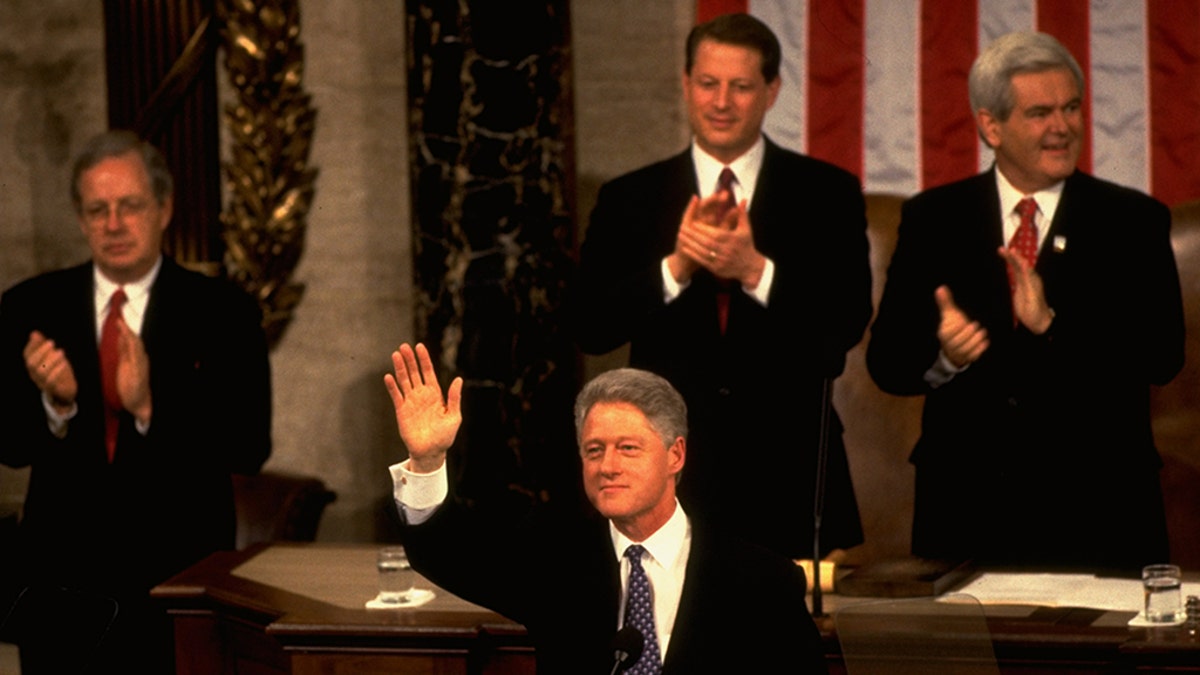
President Bill Clinton was notorious for giving lengthy State of the Union addresses. He holds the record for the top two longest speeches given in person. (Getty Images)
- Franklin D. Roosevelt gave the most addresses before Congress. Of the 12 he gave, 10 were delivered in person.
- William Henry Harrison and James Garfield are the only presidents who did not give a State of the Union address. Garfield was only in the White House for little more than six months before died in office; Harrison was president for only one month.
How Trump’s first State of the Union compares
Trump’s inaugural State of the Union address was the 95th to be given before Congress, according to the U.S. House archives. At just a little more than 5,100 words, it took Trump 1 hour and 20 minutes to give the address – making it the third-longest in history.
Trump drew in about 45.6 million viewers for his address, according to Nielsen ratings. In comparison, Bush drew in more than 62 million in 2003, Clinton garnered more than 53 million in 1998 and Barack Obama amassed about 48 million in 2010.
Agriculture Secretary Sonny Perdue was named the designated survivor during Trump’s first State of the Union.
CLICK HERE TO GET THE FOX NEWS APP
You can read Trump’s first State of the Union address here.



